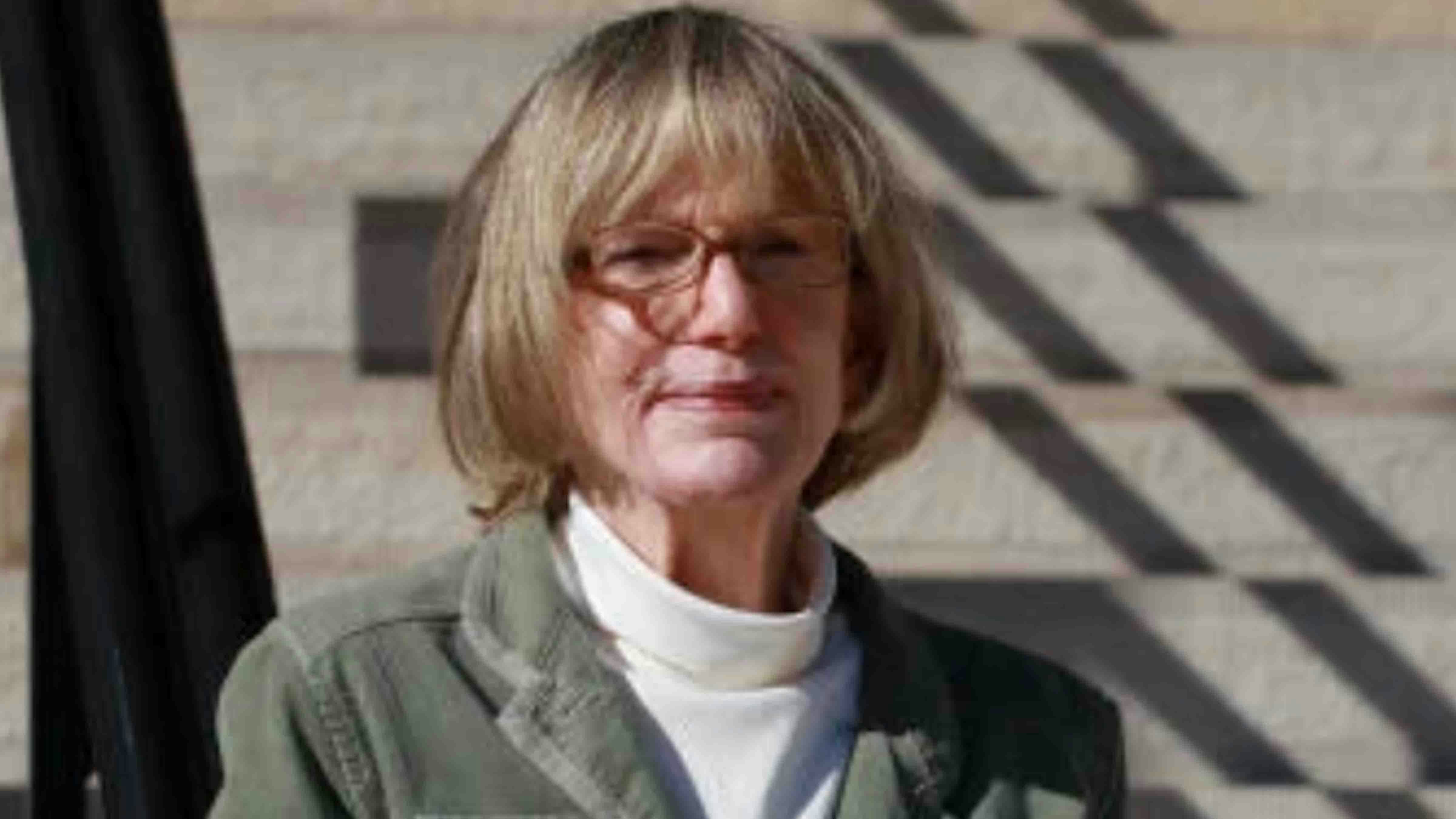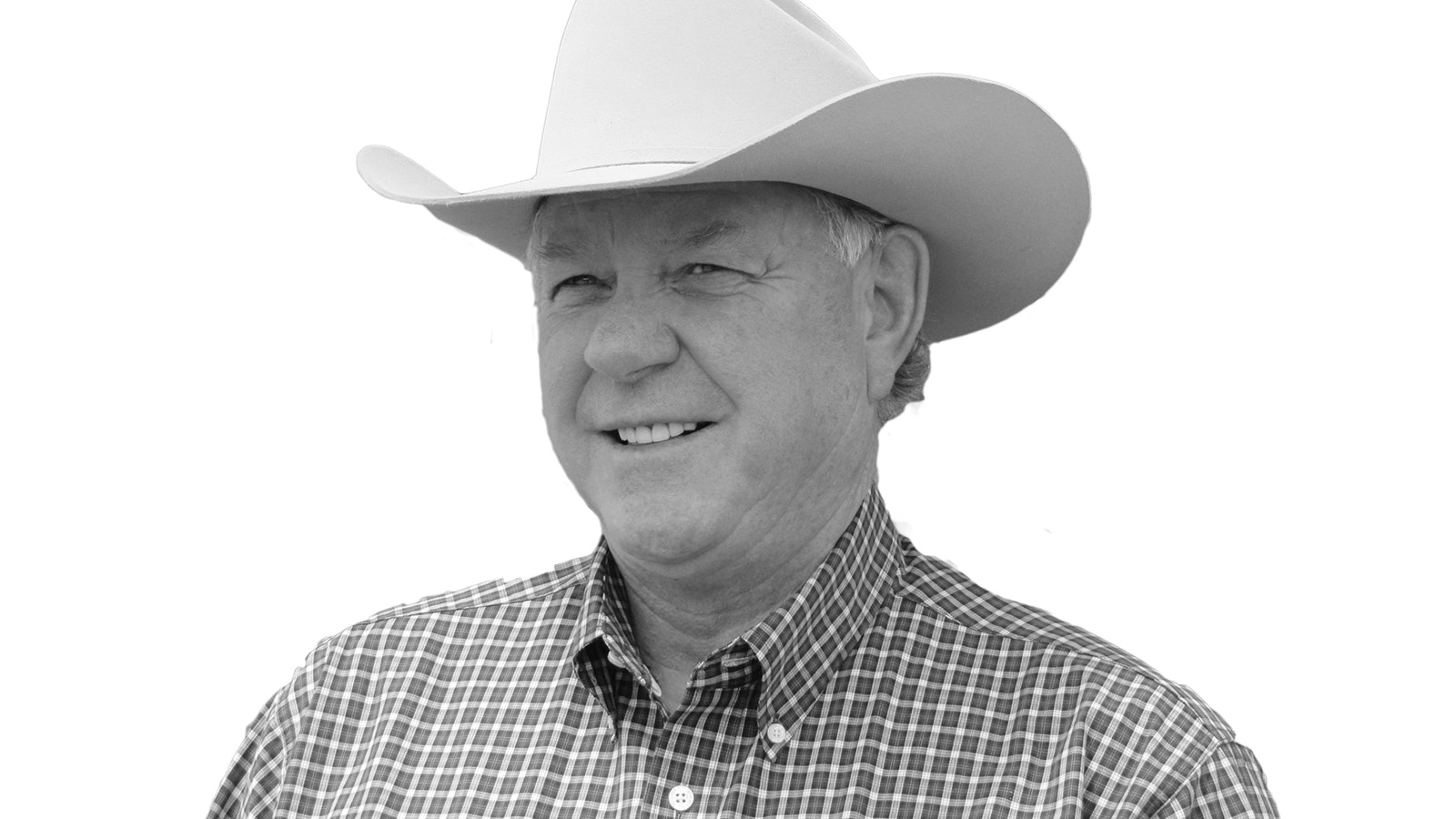By Cat Urbigkit, Range Writing columnist for Cowboy State Daily
I’ve enjoyed several nonfiction books by writer Timothy Egan, including his detailed accounts of the survivors of the Dust Bowl era, and chronicles of the massive wildfire complex that swept through several western states in the early 1900s. Ergo it was with great disappointment that I read his recent New York Times editorial “Your Public Lands Are Killing You.”
I’ve concluded Egan’s opinion piece is an exercise in hyperbole – the deliberate use of extreme exaggeration. It’s unfortunate that naïve members of the public will not recognize Egan’s overuse of literary device and will instead take his assertions literally. As in this case, hyperbole can be used to take a factual grain and twist it into something unrecognizable, whether coming from left-leaning zealots or from right-wing fanatics.
Seattle-based Egan writes of “out in the way beyond” of “a vast kingdom now being used to hasten the demise of the planet.” As a rural resident in Wyoming (our nation’s least populated state), I live in the “way beyond” Egan writes about, but I know that the Big Empty isn’t empty. It is home to thriving human and animal communities. We may have more elk and livestock on the landscape than people, but that’s the way we like it. We are the stewards of America’s public lands.
Public lands: home of national parks and landmarks, forests, mountains, wild rivers, wilderness, historic sites, the sagebrush sea, flowing grasslands, just to name a few characteristics. Some are set aside for protection from development, or place limits on human uses, while others are multiple-use landscapes in which mineral and energy development, logging, and livestock grazing are allowed, along with hiking, biking, camping, hunting, skiing, and other recreational pursuits. This glorious mixture is our national heritage.

The Bureau of Land Management manages one of every 10 acres of land in the United States, including about 30 percent of the nation’s minerals. Public lands provide a quarter of the nation’s domestic supplies of oil and natural gas. Egan asserts that public servants “have been busy giving away drilling rights on your land for next to nothing,” but we know that the BLM’s competitive oil and gas leasing allows the private sector to make deep investments in energy development in oftentimes remote lands that have limited utilization, and that other human use of these areas is not excluded. These investments provide for economic output and employment for local communities and state government budgets, as well as funding to the U.S. Treasury. Public lands are used not just for fossil-fuel energy, but for renewable energy, and non-fuel mineral development.
Competitive oil and gas lease sales are based on lease terms of a minimum of at least $2 per acre. That sounds low, but a review of recent sales in Wyoming shows leases in the $10,000-$12,000 per-acre range. A lease sale in Wyoming last month netted $88 million, according to press accounts, with that revenue split about even between state and federal coffers.
These onshore oil and gas leases are based not just on the annual rental fee that Egan appears to take issue with, but holders of those leases then pay 12.5 percent of production value in royalties, in addition to corporate income taxes and other taxes and fees. That money fuels federal, state and local budgets.
Leases are offered with a variety of restrictions or stipulations and are subject to protests and further environmental analysis before development commences. If exploratory drilling on a lease reveals an economically recoverable field, the cost for preparing an environmental impact statement (which takes years to complete) can be in the range of $3-$8 million before full-field development can proceed. It takes years to develop a lease, and then there are a variety of restrictions, inspections, monitoring, and reclamation that takes place.
A recent US Geologic Survey report (commissioned by the Obama administration) found that fuels produced from federal lands in Wyoming had were responsible for the highest CO2 emissions (57%) from fuels produced on all federal lands, which is no surprise since Wyoming produces so much of the nation’s energy from its federal lands.
Coal-fired power plants are responsible for 60 percent of the nation’s public lands carbon emissions, but since the coal industry has already undergone drastic decline, Egan’s piece focuses instead on the “Trump administration plan to drill till we drop.”
An E&E News piece in Scientific American last fall noted the USGS report “showed emissions peaking around 2009 before decreasing about 6 percent. The Trump administration has overseen a bounce in coal mined on federal lands – but the amount mined in fiscal 2017 was still less than all but one year under Obama .…”
We do need to address global climate change, but hysterical calls that our public lands are killing us create a false narrative. Wyoming is home to what much of the nation holds dear: abundant wildlife populations, breathtaking landscapes, wide open spaces, and places where although the towns may appear to be small, the sense of community is huge. Our public lands are the places outsiders dream about. And it’s these places that also produce energy for our nation.
Productive dialogue, investments and advancements in technology, and addressing energy demand as well as supply are needed. We need to do better in terms of controlling greenhouse gas emissions, and in sustainably utilizing natural resources. We also need energy that people across this nation can afford – being careful that energy policy not further impoverish already underprivileged people.
Egan has joined environmental advocates in calls to halt to oil and gas leasing on federal lands (lest your public lands kill you), but an economical and efficient energy option is not offered in these ploys. Likewise, opposition to David Bernhardt as Interior Secretary sound eerily similar to the “sky is falling” calls when James Watt was appointed to the same position. Egan and his cronies survived Watt, we survived Bruce Babbitt, and I’m confident our western lands, with its Big Empty inhabitants, will survive whatever D.C. throws at us. It’s our nature, as stewards of our heritage.
Cat Urbigkit is an author and rancher who lives on the range in Sublette County, Wyoming. Her column, Range Writing, appears weekly in Cowboy State Daily.





